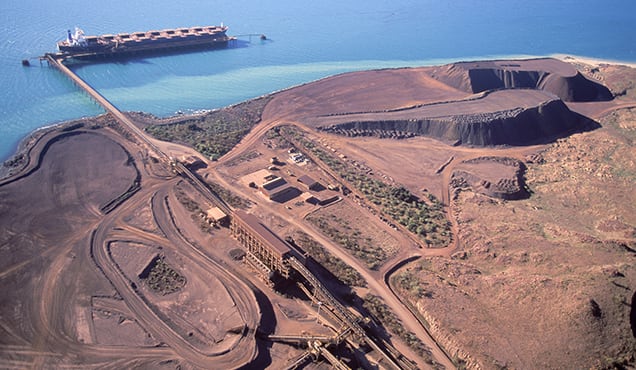
Freight Rate Forecast - Dry Bulk Market Briefing 2021
Download the latest dry bulk market outlook
Please fill in the form to download this complimentary report.
Dry bulk market balance to remain stable in the coming years, while freight rates may face correction with a mixed blessing of vaccines
The dry bulk market will be supported by a limited fleet growth and anticipated demand growth as the world economy recovers in the coming years. However, the strength in the freight rates would likely face correction with reduced physical trade and improved port operation once the vaccine become more widely available.
In our latest dry bulk market outlook, lead shipping analyst Daejin Lee provides a deeper analysis of trade demand and fleet supply for dry bulk market, covering steel, iron ore, coal, grain, and freight.
Fill out the form to download the full complimentary report, or download the Outlook in other languages:

The dry bulk market is on a long-term recovery cycle with controlled fleet developments and stable demand growth, while freight rates may face correction when vaccines reduce pandemic impacts.
In the quarterly FRF dry bulk utilization index-demand and supply outlook-S&P Global predicts that the global dry bulk trade will increase by 3.2% in 2021, mainly driven by coal (4.4%) and minor bulk trade (8.0%). It will continue to grow by 5.8% in 2022 and 2.7% in 2023 largely supported by global economic recovery-related industrial materials and agricultural goods, while dry bulk fleet growth will remain 2-3% in the next three years.
In the pandemic-driven environment, household spending has shifted from services to goods-focused pandemic consumption including online shopping. This has led to a global trade boom, which caused a container shortage and record high container freight rates and container related backhaul rates for geared bulkers. However, as vaccination rollouts progress and COVID-19 containment measures start to soften, the strength in shipping freight rates is likely to face correction. Anticipated growth in overall consumption and energy demand as the global economy recovers could be countered by decreasing port waiting times, regaining service sector consumption to reduce physical trade, a lack of stimulus from mainland China, and returning focus to environmental policies that favor gas, renewables, and scrap, over coal and iron ore.
